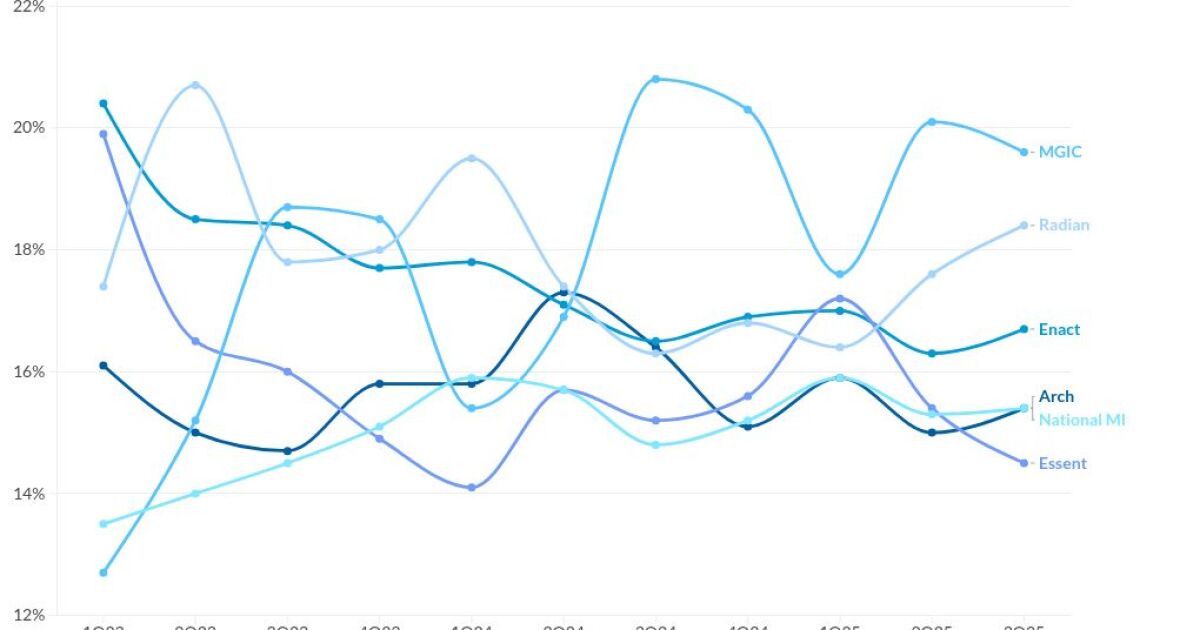
A sign of early nonconforming market adoption of the advanced scores the industry's moving toward in the government-related realm emerged Thursday.
Movement Mortgage is working with FICO to use the 10T model, one of two Fannie Mae and Freddie Mac are moving towards at the direction of Congress, to size up private market loans ahead of government-sponsored enterprise adoption planned for 2025.
FICO's announcement of the partnership is notable because industry use of advanced scores like 10T and VantageScore 4.0 is almost nonexistent. They can't be used for conforming loans yet even though those risk models are more of a fixture in other parts of the consumer finance market.
Mortgage lenders, and nonbanks that tend to rely on enterprise secondary-market sales in particular, generally are considered more likely to wait for the enterprises to adopt a new score before they do because of the economies of scale there.
However, some lenders have shown interest in getting more of a sense of how well the models assess loan performance risk and whether they can live up to their promise to identify more creditworthy borrowers ahead of GSE implementation.
Movement couldn't immediately be reached for independent comment at deadline but the announcement indicates both aims interest for the company. Finding new potential loan applicants has been increasingly pressing as high rates have reduced volumes to 1996 levels.
"We are looking forward to implementing FICO Score 10T for nonconforming loans and eager to work with FICO to help more consumers qualify," Jason Stenger, chief operations officer at Movement, said in a press release.
The "T" in the advanced score is a reference to trended data, which draws on not only traditional snapshot-style information on consumer credit use but cash-flow management over time.
Use of this credit risk measure could increase approval rates by up to 5% while cutting delinquency risk by as much as 17% for loans with a score of 680 or higher, FICO said, noting the improved predictiveness could potentially add to the value of securitized loans.
VantageScore has said its 4.0 model could assess over 30 million consumers more than other models with more than 10 million of these having scores of 620 that could indicate potential mortgage readiness. VantageScore's scale has a different basis than FICO's.
FICO looks for at least six months of financial history on a single account for borrowers to score them. VantageScore requires one month of history in the past two years.
The mortgage industry has long worked with FICO as a provider of older scores the enterprises currently use in underwriting. VantageScore is a collaborative effort involving the big three credit reporting agencies but says it operates at arms-length from them.
The Community Home Lenders of America has said that it's concerned about the price the mortgage industry will pay in the transition to new scores and has asked if one could be added at a time, starting with VantageScore, to help manage it.
While the congressionally mandated upgrade of credit scores at the government-sponsored enterprises is set to be completed within the next two years, there's been some speculation it could take longer.
The conservator and regulator for the enterprises, the Federal Housing Finance Agency, has said it will provide some flexibility in the timeline if needed.



